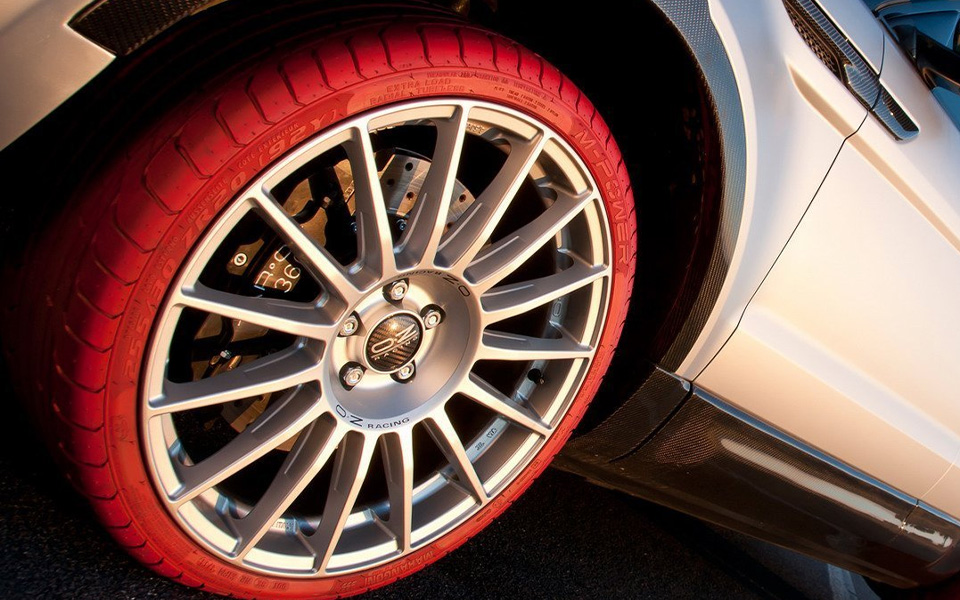
-
 Afrikaans
Afrikaans -
 Albanian
Albanian -
 Amharic
Amharic -
 Arabic
Arabic -
 Armenian
Armenian -
 Azerbaijani
Azerbaijani -
 Basque
Basque -
 Belarusian
Belarusian -
 Bengali
Bengali -
 Bosnian
Bosnian -
 Bulgarian
Bulgarian -
 Catalan
Catalan -
 Cebuano
Cebuano -
 Corsican
Corsican -
 Croatian
Croatian -
 Czech
Czech -
 Danish
Danish -
 Dutch
Dutch -
 English
English -
 Esperanto
Esperanto -
 Estonian
Estonian -
 Finnish
Finnish -
 French
French -
 Frisian
Frisian -
 Galician
Galician -
 Georgian
Georgian -
 German
German -
 Greek
Greek -
 Gujarati
Gujarati -
 Haitian Creole
Haitian Creole -
 hausa
hausa -
 hawaiian
hawaiian -
 Hebrew
Hebrew -
 Hindi
Hindi -
 Miao
Miao -
 Hungarian
Hungarian -
 Icelandic
Icelandic -
 igbo
igbo -
 Indonesian
Indonesian -
 irish
irish -
 Italian
Italian -
 Japanese
Japanese -
 Javanese
Javanese -
 Kannada
Kannada -
 kazakh
kazakh -
 Khmer
Khmer -
 Rwandese
Rwandese -
 Korean
Korean -
 Kurdish
Kurdish -
 Kyrgyz
Kyrgyz -
 Lao
Lao -
 Latin
Latin -
 Latvian
Latvian -
 Lithuanian
Lithuanian -
 Luxembourgish
Luxembourgish -
 Macedonian
Macedonian -
 Malgashi
Malgashi -
 Malay
Malay -
 Malayalam
Malayalam -
 Maltese
Maltese -
 Maori
Maori -
 Marathi
Marathi -
 Mongolian
Mongolian -
 Myanmar
Myanmar -
 Nepali
Nepali -
 Norwegian
Norwegian -
 Norwegian
Norwegian -
 Occitan
Occitan -
 Pashto
Pashto -
 Persian
Persian -
 Polish
Polish -
 Portuguese
Portuguese -
 Punjabi
Punjabi -
 Romanian
Romanian -
 Russian
Russian -
 Samoan
Samoan -
 Scottish Gaelic
Scottish Gaelic -
 Serbian
Serbian -
 Sesotho
Sesotho -
 Shona
Shona -
 Sindhi
Sindhi -
 Sinhala
Sinhala -
 Slovak
Slovak -
 Slovenian
Slovenian -
 Somali
Somali -
 Spanish
Spanish -
 Sundanese
Sundanese -
 Swahili
Swahili -
 Swedish
Swedish -
 Tagalog
Tagalog -
 Tajik
Tajik -
 Tamil
Tamil -
 Tatar
Tatar -
 Telugu
Telugu -
 Thai
Thai -
 Turkish
Turkish -
 Turkmen
Turkmen -
 Ukrainian
Ukrainian -
 Urdu
Urdu -
 Uighur
Uighur -
 Uzbek
Uzbek -
 Vietnamese
Vietnamese -
 Welsh
Welsh -
 Bantu
Bantu -
 Yiddish
Yiddish -
 Yoruba
Yoruba -
 Zulu
Zulu
Exploring the Functionality and Benefits of Wishbone Control Arms in Vehicle Suspension Systems
Understanding the Wishbone Control Arm in Automotive Suspension Systems
The wishbone control arm, often referred to as the A-arm due to its distinctive shape, plays a crucial role in modern automotive suspension systems. This component is integral to vehicle handling, stability, and alignment, making it a focal point in the design and engineering of both everyday cars and high-performance vehicles.
What is a Wishbone Control Arm?
The wishbone control arm is a pivotal part of an independent suspension system. Unlike traditional linkages, the wishbone design features two arms that are anchored to the vehicle's chassis on one end and connected to the wheel hub on the other. This configuration allows for greater control of wheel movement, providing more stability during cornering and contributing to a smoother ride.
Components and Design
Typically constructed from steel, aluminum, or composite materials, the wishbone control arm is engineered to endure the stress and forces encountered during driving. Its design includes a main arm that branches into two smaller arms, creating a V shape. This structure not only offers strength but also allows for the adjustment of wheel camber and caster angles, which is crucial for tire performance and vehicle alignment.
The geometry of the wishbone arm affects how the wheel moves in relation to the body of the vehicle. When the wheel encounters a bump or divot, the wishbone design allows for vertical movement while maintaining the correct alignment of the wheel, ensuring that it remains perpendicular to the road surface.
Advantages of the Wishbone Control Arm
wishbone control arm

One of the main advantages of the wishbone control arm is its ability to provide independent wheel movement. This means that the suspension on one side of the vehicle can react to road conditions without influencing the other side. This feature is particularly beneficial when navigating uneven surfaces or making sharp turns.
In addition to enhancing ride quality, the wishbone control arm also aids in improving vehicle handling characteristics. Because it allows for better camber and toe adjustments, drivers can experience more responsive steering and improved tire contact with the road. This results in better traction, especially under hard cornering or wet conditions, thus enhancing overall safety.
Maintenance and Issues
While the wishbone control arm is designed for durability, it is not immune to wear and tear. Over time, bushings and ball joints can degrade, leading to increased play in the suspension system. Symptoms of a failing wishbone control arm can include abnormal tire wear, clunking noises during driving, and a decrease in overall handling. Regular inspections and maintenance are essential to keep this component functioning optimally.
Mechanics often recommend checking the condition of the wishbone control arms during routine vehicle maintenance. If any components show signs of wear, timely replacement can prevent more significant issues down the line.
Conclusion
The wishbone control arm is a vital component in the suspension systems of modern vehicles, offering significant advantages in handling, ride comfort, and safety. Its unique design allows for independent wheel movement and precise adjustments, making it a popular choice in both passenger cars and performance vehicles. Understanding its function and maintenance needs is essential for any vehicle owner looking to ensure a smooth and responsive driving experience. Whether navigating city streets or tackling winding roads, the wishbone control arm plays a key role in the overall performance and reliability of the vehicle.







